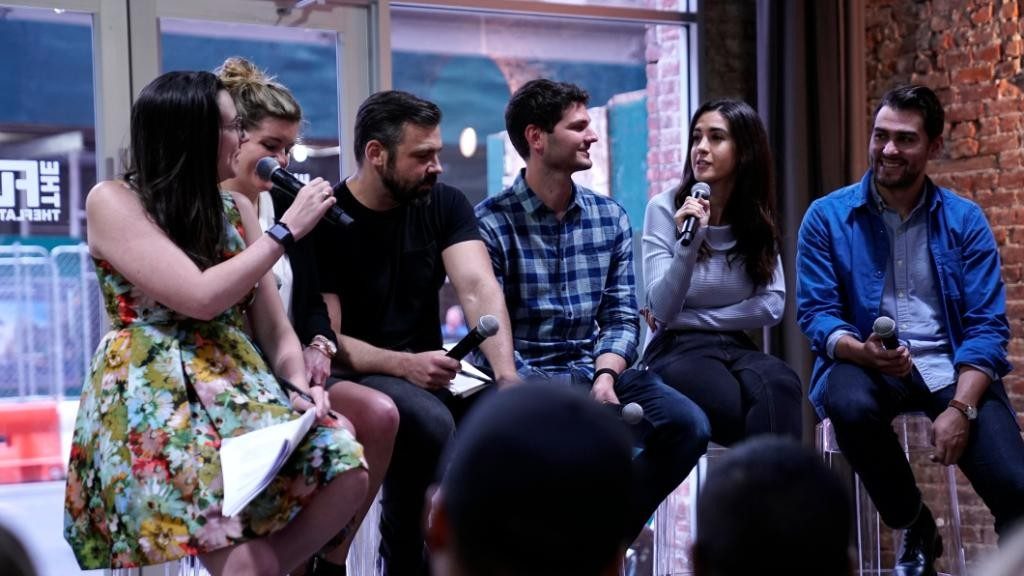We love our amazing community, and are always looking for ways to celebrate and enhance their experience both on and offline. In that vein, the Fiverr Community team hosted the third installment of the “The Art of Doing” event series, “The Future of Influencer Marketing,” in New York City on Thursday, May 17th. The discussion—open to freelancers, creative agencies, social marketing professionals, and doers alike—featured incredible industry professionals from Digiday, Epic Signal, JerryMedia, Ketchum and Fiverr.com.

Our awesome moderator and panelists included:
- Kerry Flynn (moderator), Media buying and platforms reporter at Digiday
- Brendan Gahan, Co-Founder and EVP of Epic Signal
- Jonathan Horowitz, Director of Business Development at JerryMedia (FuckJerry)
- Natalie Zfat, New York-based writer, blogger, entrepreneur and social media influencer
- Erin Hanley, Managing Account Supervisor, Influencer Marketing & Branded Content, Ketchum Sports & Entertainment
- Zach Dioneda, Director of Brand Marketing at Fiverr
We brought this phenomenal group of people together to explore the future of influencer marketing and the various new obstacles and opportunities for brands in a rapidly changing business landscape. We wanted to know how influencers remained authentic to their audience, what goes into their strategy in terms of platform choice and staying relevant, and what to expect for the future of the industry.
As you’ve probably seen, the influencer marketing industry is booming. While there isn’t an official number for annual influencer marketing spending, eMarketer estimates that marketers spent $570 million globally on sponsored Instagram posts in 2016 — which means the influencer marketing game is likely a several billion-dollar business. Although 92% of marketers who used influencer marketing in 2017 found it to be effective, it is still in its infancy, and brands are wasting a lot of money figuring it out.

Some of the evening’s discussion centered around the regulations of using “#ad” and “#spon” to indicate to audiences that the posts they were seeing were promoted by a company or brand.
For some of the larger brands, they said that they reluctantly use them, because those are just the rules. But most have also seen that there hasn’t been much of a drop off in engagement when using #ad or #spon. The panel also agreed that using those hashtags didn’t matter as long as the brand was a relevant one to the influencer’s current audience, and seemed like an authentic fit. Natalie Zfat, the NYC-based writer and influencer, said she was happy to use #ad. She said she loved to use it, because it showed her followers that doing what you love can earn you a living, and by putting the #ad on her content, she was proving just that.
When looking into the future of influencer marketing, it seemed clear that there was one platform that stood out from the rest—Facebook Watch. Panelists agreed that with Facebook’s control of the other most popular social networking service, Instagram, it was only a matter before they overtook Youtube with their answer to video, Facebook Watch. And we’ve seen the numbers about the popularity of video content continuing to grow, so, if you’re thinking about where to market your business next, or looking for an industry to get into, do as the influencers do, and create a video.
Overall, we were floored by our largest event turnout to date, and the discussion to match. It’s clear that influencer marketing will continue to be prevalent and essential for brands to master if they want to stay relevant in an ever-shifting digital world.
Have any influencer marketing questions? Tips that have worked for your business or brand? Share in the comments below—and stay tuned for other community upcoming events!
The post The Art of Doing: The Future of Influencer Marketing Recap appeared first on .

